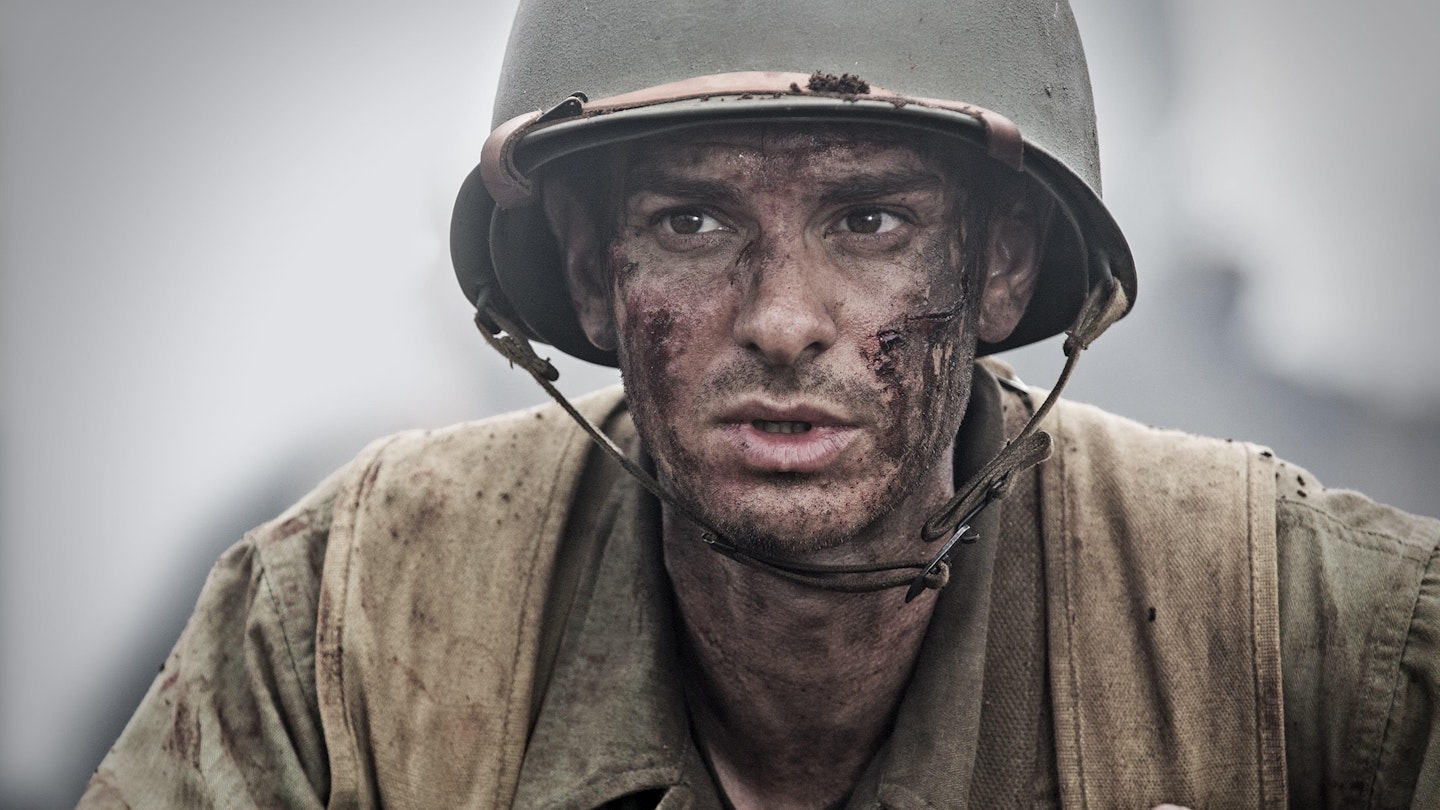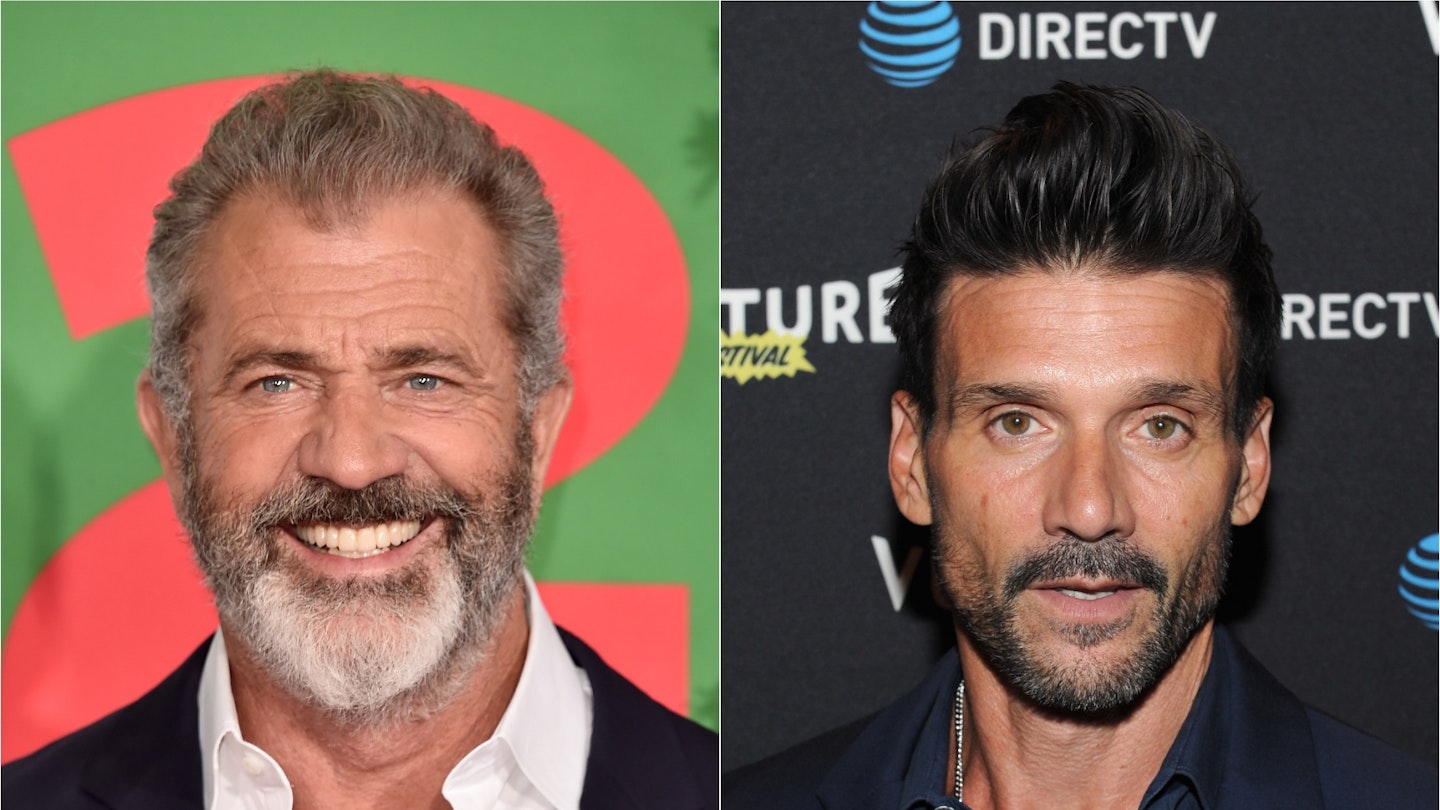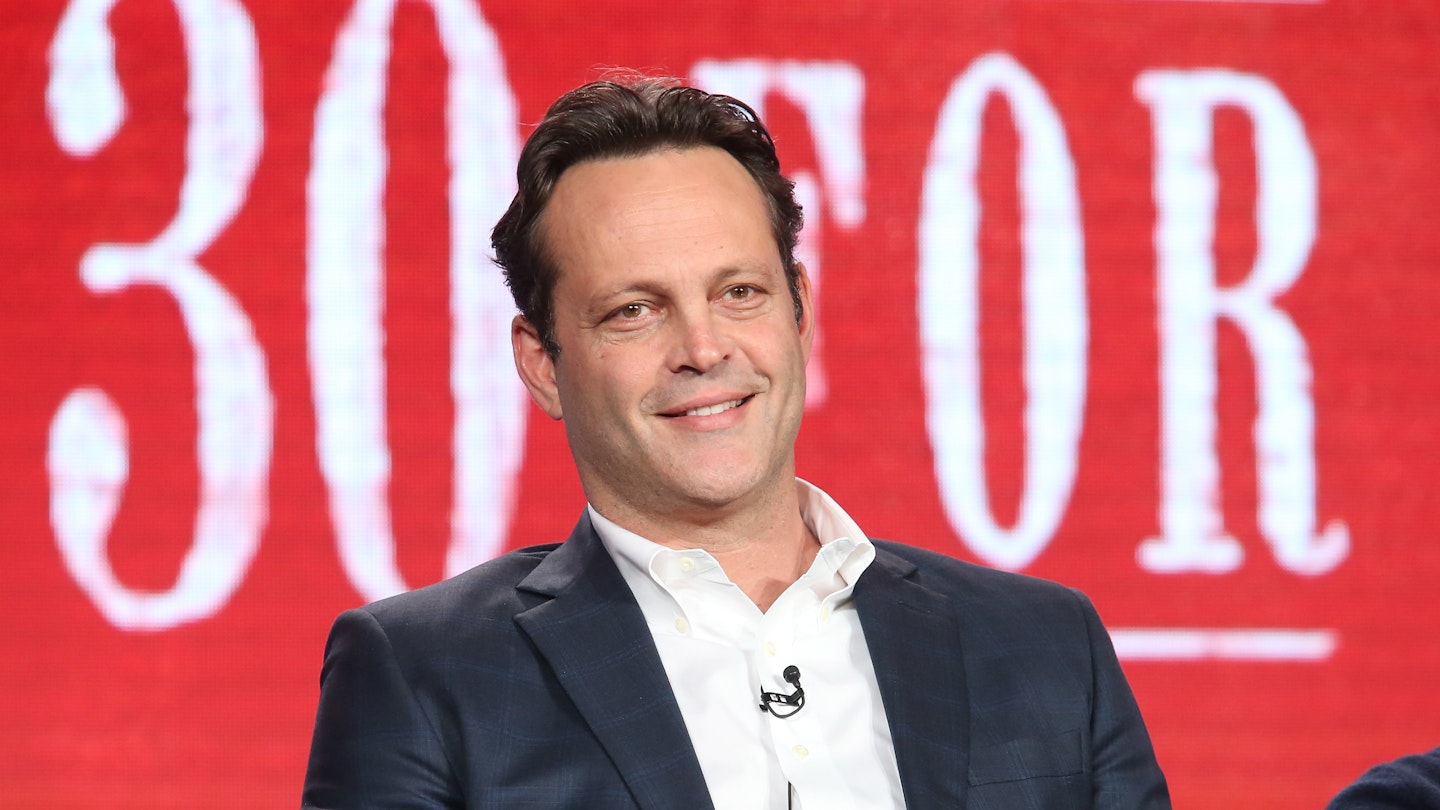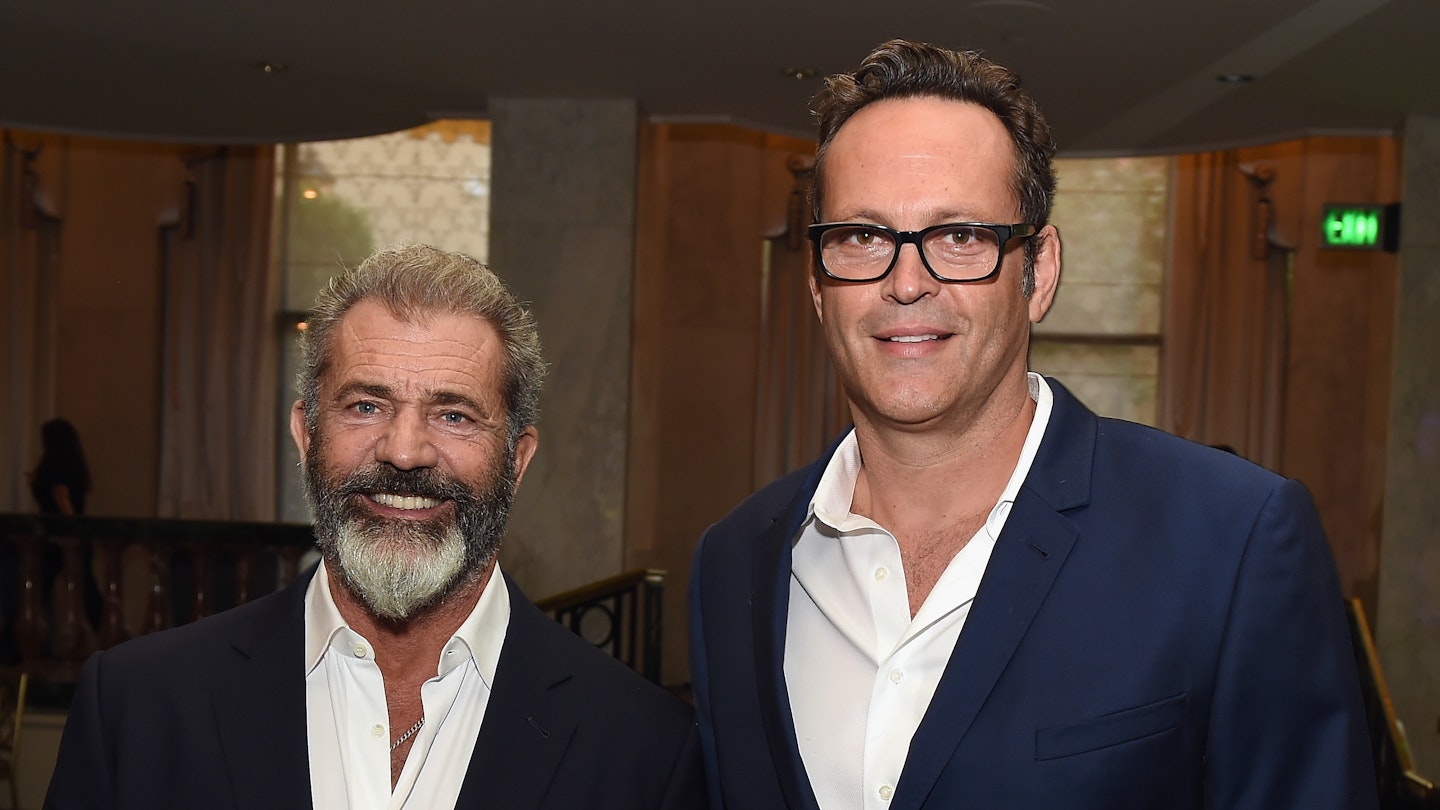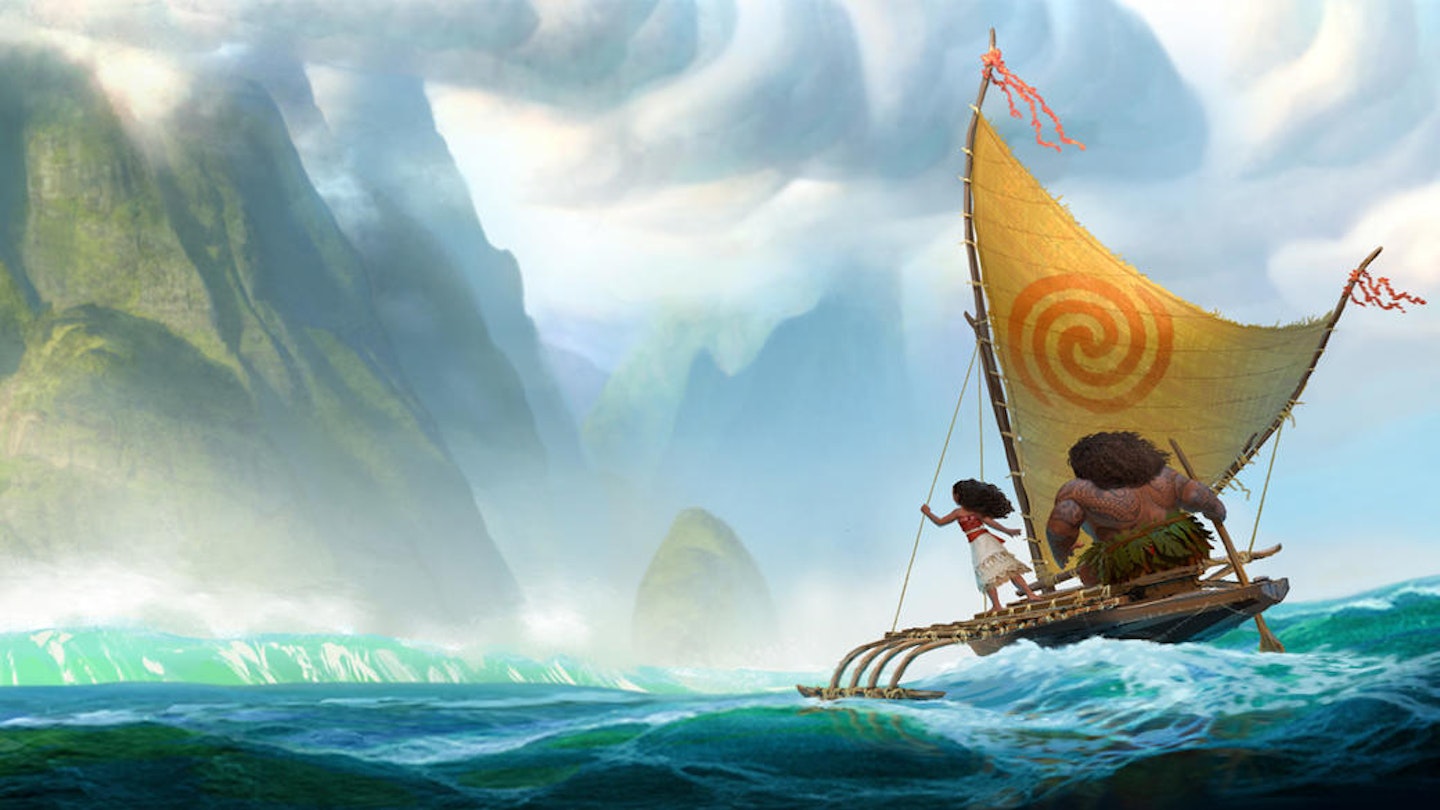Forget what you’ve heard about Hacksaw Ridge’s pacifist hero, because Andrew Garfield does take up arms in the heat of battle. It isn’t, we’d hasten to add, in an orgy of Arnie-like bloodletting. Instead, he uses a rifle and blanket to improvise a sleigh to pull a stricken soldier to safety as said soldier opens fire on the advancing enemy like a demented Radagast. It’s a rare moment of action-movie fun in Mel Gibson’s film — a bit of Lethal Weapon in a sea of Apocalypto as we’re plunged terrifyingly into the Pacific war.
An old-fashioned story that Gibson mainlines with bleeding-edge craft and technique.
At the heart of this cinematic cyclone is a more conventional character study of Garfield’s devout Seventh-day Adventist Desmond Doss. Torn by his need to serve in the fight against Japan and a strict moral code that prevents him from taking life, he signs up as a medic, hoping to do his duty by saving lives instead of taking them.
Using a Full Metal Jacket-like structure, the film follows first Doss’ basic training, then his time in combat. He meets and falls for a local nurse (Lights Out’s Teresa Palmer) in a romantic subplot that’s just the right side of saccharine, before heading to boot camp where he endures beatings, bullying and abuse from officers and men alike, with Vince Vaughn stealing scenes as an aggressive, motormouth drill instructor. Picking on his new recruit, he unleashes putdowns R. Lee Ermey would be proud of (“Make sure you keep this man away from strong winds,” he orders of the slight Doss). The men, following his lead, soon make Doss’ life a daily hell. The wannabe medic, though, won’t crack.
The combat sequences, set on a blasted, blood-soaked Okinawan ridge in 1945 and recreated in micro-detail in Australia, are filmed in pure Viscera Vision — they blaze and roar with the expression of pure violence. Like Saving Private Ryan’s opening salvos, only at altitude, the thick fug of smoke, cordite and blood leaves you gasping for air. In this maelstrom, Doss’ acts of raw courage provide a much-needed focal point. As the battle for command of the island swings one way and then the other, he saves first one, then another and finally dozens of Ryans. The complexities of his moral stance fall away, replaced by the simple maths of saving lives.
It’s a moving recreation of a khaki-clad superhero at work, an old-fashioned story that Gibson mainlines with bleeding-edge craft and technique — he’s lost little of his knack for spectacle. But as with some of his previous work, the hero is occasionally depicted as an almost Christ-like figure — one shot could be renamed ‘The Passion Of The Doss’ — leaving it to Garfield’s humble hero to keep the man grounded and relatable.
The former Spidey, imbuing the open-hearted Doss with steel and dignity (and nailing the accent), is the warm anchor the film needs. Between this and Silence, two contrasting tales of faith in an unforgiving world, any memories of the sad end to his webslinging days should be well and truly banished.
